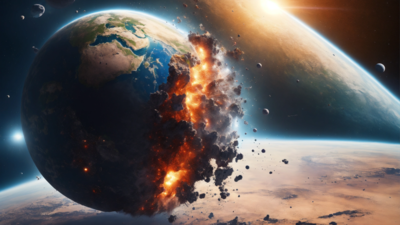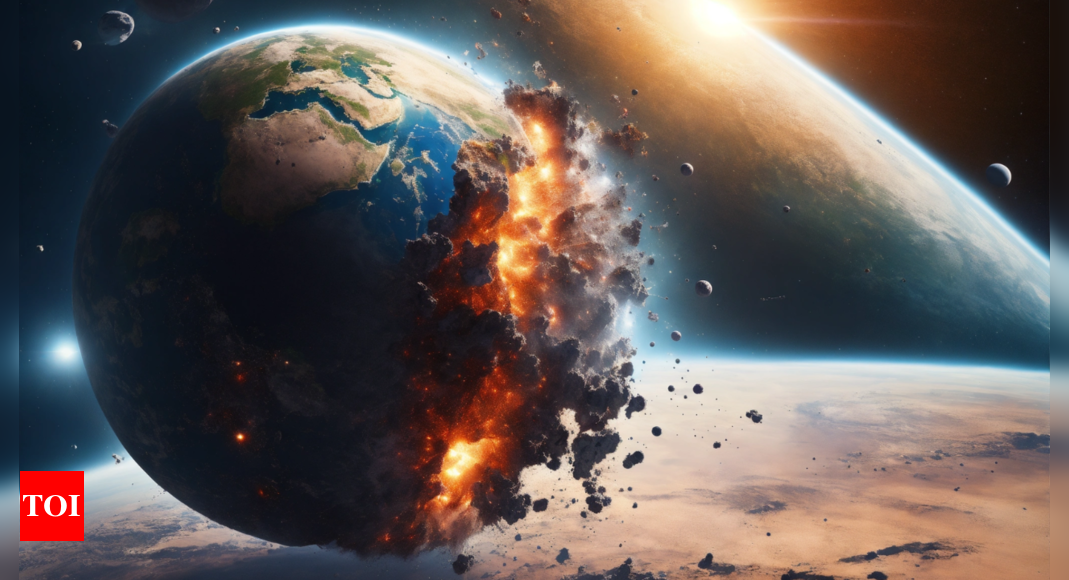[ad_1]

In a major step to safeguard Earth from potential catastrophe, Nasa has released its strategy to counter “planet killer” asteroids, drawing inspiration from the extinction event that wiped out the dinosaurs 66 million years ago.
The plan outlined in Nasa’s National Preparedness Strategy and Action Plan for Near-Earth Objects (NEOs) and Hazards, details a multi-pronged approach to defend against dangerous NEOs.
The plan: Spacecraft armies or nukes?
While there is no immediate asteroid threat, Nasa is preparing for worst-case scenarios. One option involves sending a “1,000-strong army” of spacecraft to intercept and deflect a large asteroid hurtling toward Earth.
In more extreme cases, Nasa is considering a nuclear solution—echoing the plot of the 1998 film “Armageddon”—where a nuclear device would be used to break up or divert an asteroid on a collision course with the planet.
Successful testing: DART mission
Nasa’s first line of defence includes kinetic impactors. In 2022, the agency successfully tested the Double Asteroid Redirection Test (DART) mission, slamming a spacecraft into a non-threatening asteroid and altering its trajectory.
This test demonstrated Nasa’s capability to redirect hazardous space rocks, proving a key method in their planetary defence strategy.
Nuclear contingency plan
In situations where an asteroid is detected with little time to act, Nasa may resort to nuclear explosives. If a massive asteroid is only months away from impact, a nuclear blast could deflect or fragment it, preventing a planet-wide disaster.
Potential consequence of a strike
Nasa’s planning comes with the recognition of what could happen if a planet-killer asteroid, similar in size to the one that caused the Chicxulub event, were to strike Earth.
The impact would cause intense heat, vaporise materials, and send dust clouds into the atmosphere, blocking sunlight and triggering an “impact winter.” Such conditions could lead to mass extinction, similar to the event that ended the age of the dinosaurs.
[ad_2]
Source link
